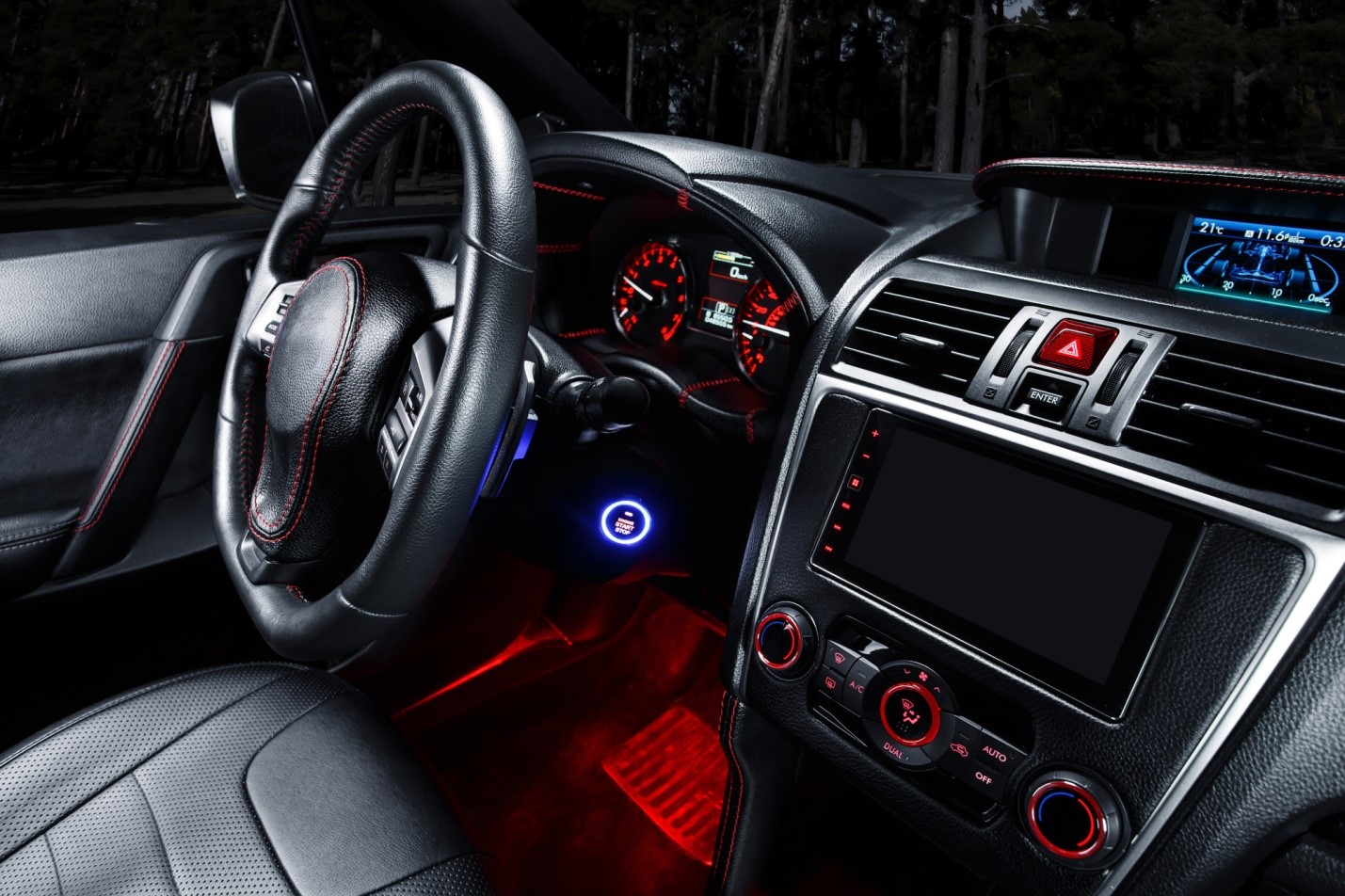Have you been shopping for turquoise recently and been confused on how to tell the difference between fake turquoise and real turquoise? Price may give you a clue but it doesn’t always guarantee what you’re buying. If the price is low you can be pretty sure that it’s fake, but if the price is high you can’t always be sure that it’s real. There are sellers of turquoise who either don’t know that they don’t have real turquoise, or they are misleading you in order to make a very large profit. This article will help you to determine the difference between fake (imitation) and real turquoise.
Let’s first discuss real turquoise. Real turquoise is known as Natural Turquoise. Most Natural Turquoise is quite porous and soft which leaves it vulnerable to staining and changes in its color. There are some instances where the Natural Turquoise is quite hard, but this variation is rare and difficult to find and quite expensive. In order to make the bulk of Natural Turquoise more durable and suitable for jewelry use it is treated in a process which stabilizes it. Stabilization ensures that the stone is both durable and retains its original color.
Stabilization is achieved by treating the turquoise with a clear resin to both seal and harden it. Stabilization does not include applying any dyes or coloring to the turquoise, rather it ensures that the stone retains its natural color. If any dyes or coloring is added to turquoise it is no longer a Natural Stabilized Turquoise, rather it becomes an imitation product called Dyed Turquoise.
Turquoise is usually found in nature intermixed with other stones which shows up as grain in the turquoise. Higher grade turquoise is more pure and includes very little, if any, grain. The grain in Natural Turquoise is both uneven and randomly distributed. It may show up as large areas of darker color (brown or black) or as more of a spider web formation. The strings in the spider web should be random in their thickness and shouldn’t look like uniformly thin strings – Nature is random in its creations. Also, if you break open a piece of Natural Turquoise you should see that the color is consistent throughout, if it’s lighter in the center then it has been dyed. Looking at the inside structure you should see that the grain is random within the stone, dyed products will show the grain only near the surface of the stone and the hole in the center of the bead as these areas are where the dye for the grain enters the stone.
You will also notice that the surface area exposed by the breaking of the stone will be not be smooth, rather it’ll have a texture to it. To spot real turquoise you should note that when a piece of turquoise is broken and you look at the interior surface the color is consistent, the surface is bumpy, the grain doesn’t originate from the surface (but it is close to the surface in this stone sample it due to its random nature of distribution) and that the hole in the center isn’t ringed with a darker color.
Fake Turquoise is often called Dyed Turquoise and can actually look very much like real turquoise; however, it’s not a ‘real’ turquoise and you shouldn’t pay real turquoise prices. Most dyed turquoise is made from stones which are similar to turquoise and have been dyed to look like natural turquoise. Typical stones used for this are howlite and magnesite. Dyed turquoise can also be created from reconstituted turquoise which is ground into a powder then re-formed using an epoxy resin with coloring. Whether it’s made from reconstituted turquoise or another material dyed turquoise has its place in the turquoise market as it offers a low cost alternative to natural turquoise which can look nearly identical to natural turquoise.
Looking at a cross section of a broken piece of dyed turquoise you would easily see the difference between dyed turquoise and natural turquoise. You would notice a brown grain on the cross section which originates from the surface of the bead and only penetrates a small distance into the stone. Also you would see that the dark dye used to create the grain has colored the hole in its center – the inside of the hole itself would have the color of the dark dye.
The outside finished surface of a typical fake turquoise bead would show a spider web pattern with the grain in a consistent width. This narrow graining is an easy way to quickly identify dyed turquoise because in nature the grain in turquoise is caused by the inclusion of other stones – the dark inclusions wouldn’t be spread in a thin uniform spider web manner. Another thing to notice is if the blue dye is slightly lighter in the center of the stone; this would be because the dye didn’t soak all the way through the bead.
Dyed turquoise has its place in the turquoise market. It provides a low cost alternative to natural turquoise yet can look very much like the real stone. Just be sure that if you’re getting dyed turquoise that you’re paying a much cheaper price than natural turquoise.











